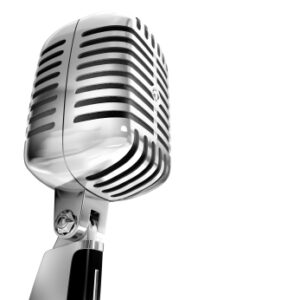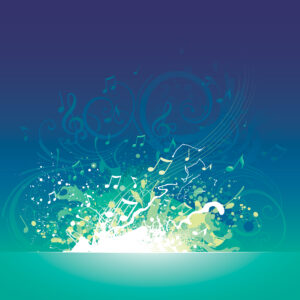 Do you love to sing in the car or shower? Do you tap your toes and drum your fingers without realizing it? Do you admit you love to make music no matter how off you might be? I admit I like the sound of my singing voice. Not enough to share it with others, but it makes me jolly to pretend I’m a Broadway diva. You too? Or a rock star? Yeah, I get it.
Do you love to sing in the car or shower? Do you tap your toes and drum your fingers without realizing it? Do you admit you love to make music no matter how off you might be? I admit I like the sound of my singing voice. Not enough to share it with others, but it makes me jolly to pretend I’m a Broadway diva. You too? Or a rock star? Yeah, I get it.
Music—learning, making and listing to music—actually makes physical changes in the brain. Want to stave off aging and the seemingly inevitable shrinkage of the brain as we age? Sign out Louise!
Though research is still a bit soft, through functional MRIs over the past 5-8 years we’ve seen that different parts of the brain light up when people make and attentively listen to music. Those areas that light seem to build rich new connections. These brain regions tap logical and spatial reasoning. Memory is enhanced as well; after all, we have to store those musical patterns in order to repeat them.
Besides storing these patterns in the brain, music is experienced all over the body. Not only do we hear sound with our ears, we see it, we touch it. It’s palpable. Even when we can’t hear the ocean waves crash, our mind and body imagine it. Go ahead, close your eyes and feel the hiking trail with all its bird songs, breezes, branch snaps, water trickles, and more.
When we make music, we’re engaging motor movements that also stimulate our brains and bodies. As I my fitness builds, I notice I can belt out those “up-to-the-rafter” show-stopping notes from Wicked’s Defy Gravity with greater conviction. My diaphragm cooperates, rushing air to my lungs. And in turn, my gut and lungs get a bit of a workout.
Evelyn Glennie is a Grammy winning percussion musician who, at 12 years old, lost nearly all her hearing. Her teachers learned from her that music is a entire body experience, not just in our ears. She explains that we can all fully experience the remarkable journey of sound if we “really use our bodies as a resonating chamber.” If we dive in, we’ll hear sound in every cell — within and around us.
 Today on the radio I heard that we’re now even attempting to use sound waves to kill cancer cells.
Today on the radio I heard that we’re now even attempting to use sound waves to kill cancer cells.
Just think about it. I get giddy-goosebumpy from the mere tap-tap of the conductor on the music stand that signals the overture. For my father, it’s also the moment Joshua Bell’s bow lifts to the violin. For Mary Ellen, it’s walking into the local pub for the live blues night. For Larae, it’s Motley Crew in her truck on a road trip. The animation in our eyes, limbs and psyche cannot be ignored. Healing is happening, proof from science notwithstanding.
Ultimately we are learning that we cannot separate sound from movement or from health. Sound expert and author Julian Treasure tells us that, “Conscious listening creates understanding” — understanding of our minds, our bodies, our loved ones, our communities, and our world.
To listen better Treasure says we must a) befriend silence (give it 3 minutes a day), b) invite “soundscapes” that delight (cue the bird-song hike again), c) make and learn music that resonates through our whole body, and b) speak out against too much noise (p.s. be sure to protect your ears from overbearing sounds).
Make music today as you get out and move; or enjoy the sounds of silence (ha!). As a result, you may just move your soul as much as your muscles.
How has sound affected your health? Share with us and we’ll see you on the PATH Ahead.